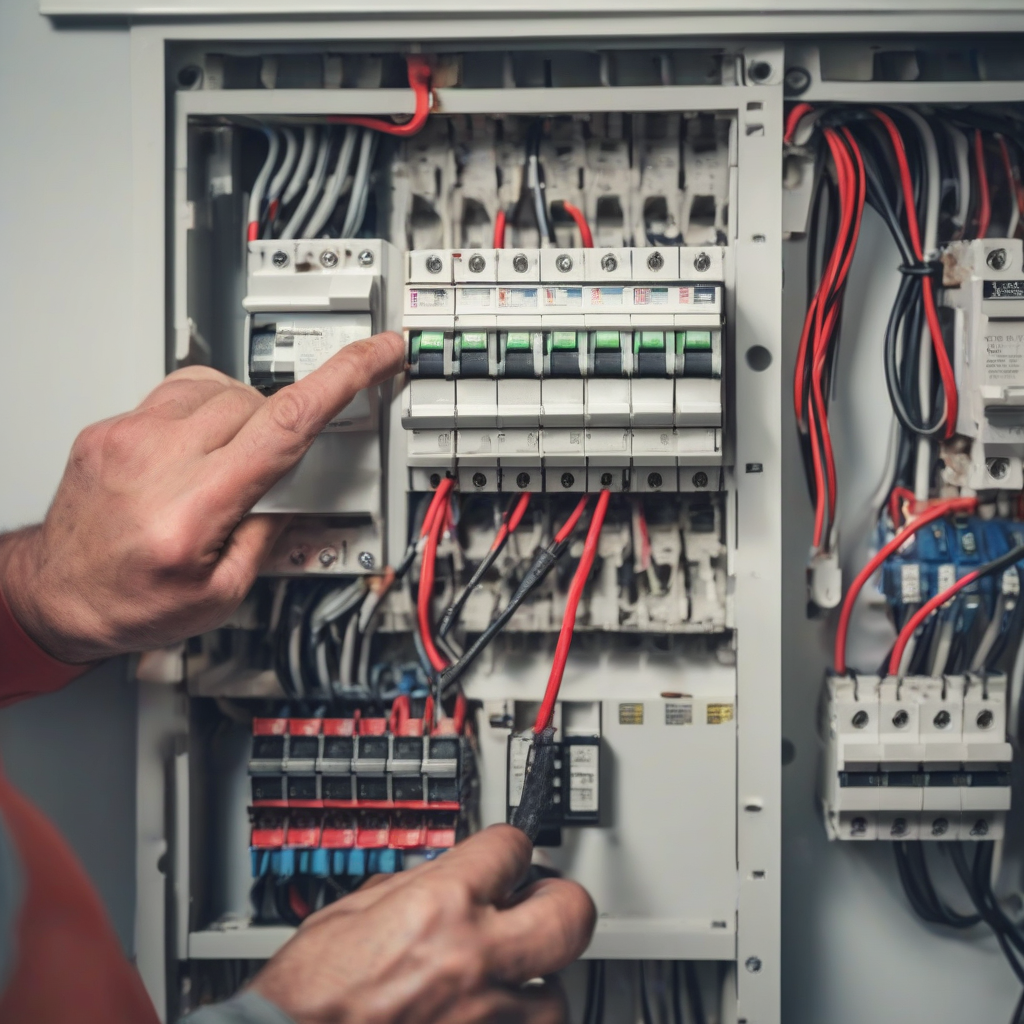
How to Troubleshoot a Tripped Circuit Breaker
When your circuit breaker trips, it can be a frustrating experience, especially when you don't know why it's happening. A tripped circuit breaker is usually a sign that there’s too much electrical load on the circuit, or there's a short circuit somewhere in the system. Understanding how to troubleshoot a tripped circuit breaker is essential for any homeowner or DIY enthusiast, as it can help you safely restore electrical power to your home and avoid potential hazards.
Understanding Circuit Breakers
Before diving into troubleshooting, it's important to understand what a circuit breaker does. Circuit breakers are safety devices that interrupt the flow of electricity when they detect an overload or short circuit. They are designed to protect your electrical system and prevent potential fires or damage to appliances.
Common Causes of Tripped Circuit Breakers
1. Overloaded Circuit: One of the most common reasons a circuit breaker trips is due to an overloaded circuit. This happens when too many devices are connected to one circuit, which exceeds the circuit’s capacity.
2. Short Circuit: A short circuit occurs when a hot wire touches a neutral wire, causing a sudden surge of electricity. This can happen due to faulty wiring or damaged appliances.
3. Ground Fault: Similar to a short circuit, a ground fault occurs when a hot wire comes into contact with grounded surfaces. This can happen in areas like kitchens or bathrooms, where moisture is present.
4. Faulty Breaker: Sometimes, the circuit breaker itself may become faulty and trip even when there isn’t an actual problem in the circuit.
Steps to Troubleshoot a Tripped Circuit Breaker
Step 1: Identify the Issue
The first thing to do is identify which circuit breaker has tripped. This can usually be done by checking your electrical panel. A tripped breaker will be in the "off" position or in the middle.
Step 2: Unplug Appliances
Once you’ve identified the tripped breaker, begin by unplugging all appliances and devices connected to that circuit. This will help you determine if the breaker is tripped due to an overload.
Step 3: Reset the Breaker
After unplugging the appliances, reset the circuit breaker by switching it back to the "on" position. If the breaker stays on, you can start plugging in your devices one by one. Keep an eye on the breaker as you do this. If it trips again, you know the problem lies with the last device you plugged in, indicating it may be faulty.
Step 4: Inspect Wiring and Devices
If the breaker trips immediately after being reset without any devices plugged in, there might be a deeper issue at hand. Inspect the wiring for damage or signs of wear and tear. Additionally, check if any switch or outlet is burned or showing signs of malfunction.
Step 5: Look for Overloaded Circuits
Consider the load on your circuit. Are you running too many high-draw appliances, like space heaters or air conditioners, on the same circuit? If so, try redistributing the devices to different circuits or upgrading your electrical system to accommodate more load.
Step 6: Call a Professional
If none of the above steps resolve the issue, it may be time to call a licensed electrician. Circuit breakers can trip for various reasons, some of which may require professional expertise to diagnose and fix.
Preventing Future Tripped Breakers
To minimize the chances of tripping circuit breakers in the future, consider the following:
- Avoid Overloading Circuits: Be mindful of the total wattage of devices you have connected to your circuits.
- Upgrade Your Wiring: If your home is older, consider having an electrician evaluate your electrical system for potential upgrades.
- Install Additional Circuits: If you consistently find that your circuits are overloaded, adding additional circuits can help distribute the load more effectively.
Troubleshooting a tripped circuit breaker doesn’t have to be overwhelming. By following these steps and understanding the potential causes, you can make informed decisions and maintain a safe electrical system in your home.